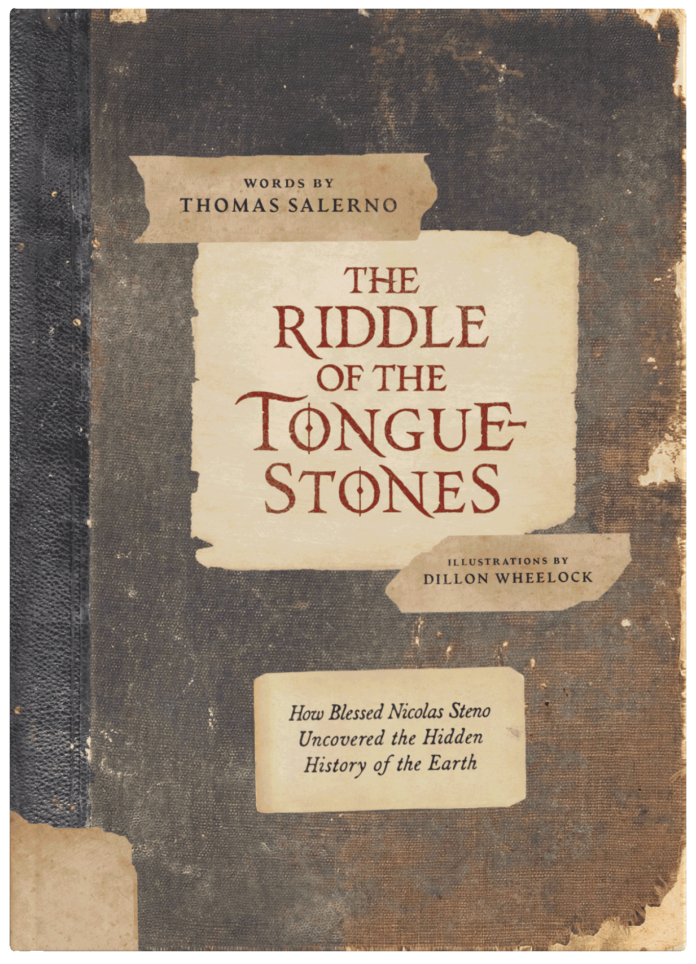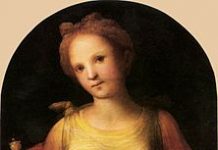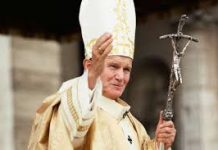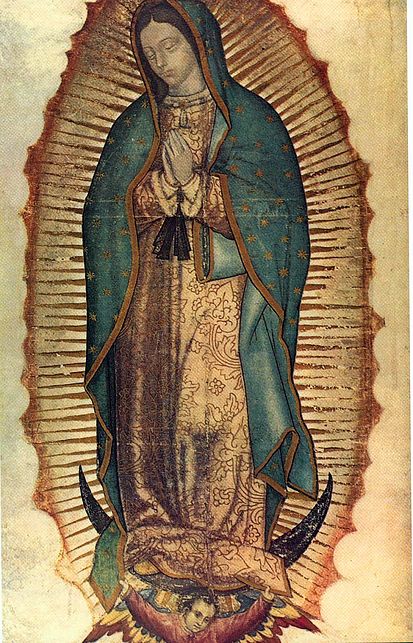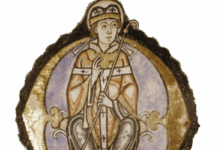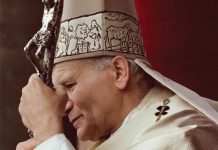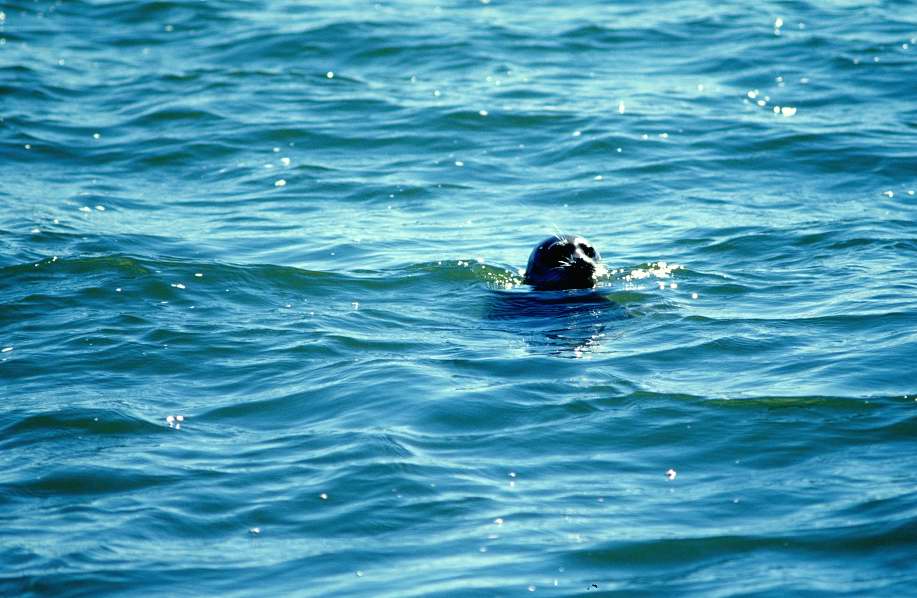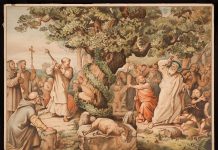The Riddle of the Tongue Stones: How Blessed Nicolas Steno Uncovered the Hidden History of the Earth – Thomas Salerno (2024), Word on Fire Votive
While many of us might appreciate the impact that Catholics have had on the history of science or the intrinsic common goal that faith and science have in seeking the truth, not many of us get to experience it on the professional level. In place of this, we have the powerful, personal stories of those scientists who lives and work have made marks in the world and the Church. Blessed Nicolas Steno, whose life and work is uncovered in The Riddle of the Tongue-Stones by Thomas Salerno. Besides going into the conversion and life of this Saint, Salerno also uses his own professional background in paleontology as a way to teach the reader some interesting details about geology and fossils.
Nicolas Steno (1638 -1686) was not only a Christian and a scientist, which would make him interesting and applicable enough for a book-length profile, but he is also a convert to Catholicism, a bishop and a saint. Salerno is able to make this book an interesting and engaging overview of Steno’s life without becoming overly preachy or polemical. Like so many conflicts facing the world today, the agreement of faith and science as found in the person of Nicolas Steno should be an area where Catholics and non-Catholic Christians can find unity, even if the principles that underlie that agreement ultimately point one to the Church founded by Christ.
Not often is there a short, detailed yet readable work that brings these two elements together in an interesting and engaging way. The book, though written in an easy-to-read narrative style, gives the appearance of a scientist’s notebook and is replete with sketches and jots in the margins to give the reader an immersive experience like that of Steno. The illustrations are not the most engrossing, but that is actually part of the intentional charm of the book, as they are meant to resemble the sketchings of a scientist in the field. There are large open spaces in the pages as well that become almost invitations for the reader to make his or her own additions in the margin as if they were a scientist themselves working on a discovery. Another helpful addition to the work is the glossary at the end that will be useful for both young readers and parents as they encounter new scientific vocabulary in addition to the story. This section could actually have been expanded further to provide a more extensive treatment of exposure to scientific vocabulary, but that may just be the teacher in me that wants this.
A critique I have is a small, stylistic one that relates to the text boxes that adorn various pages in the book. In order to make them stand-out and give a more authentic feeling, they are written in a cursive font that is difficult to read. I believe the intention was to give the impression they were handwritten notes by a scientist, but the difficulty did detract slightly from the reading experience.
This is a book that is just as easily read aloud to a child, read through by oneself or picked up and leafed through to find missing details not originally noticed. Like any other area of theology, the relationship between faith and science, which is continually being brought to the forefront of the cultural conversation, must itself become incarnational. It is in scientists and Saints like Blessed Nicolas Steno, authors like Thomas Salerno, and books like The Riddle of the Tongue-Stones where the reality of this relationship can.

